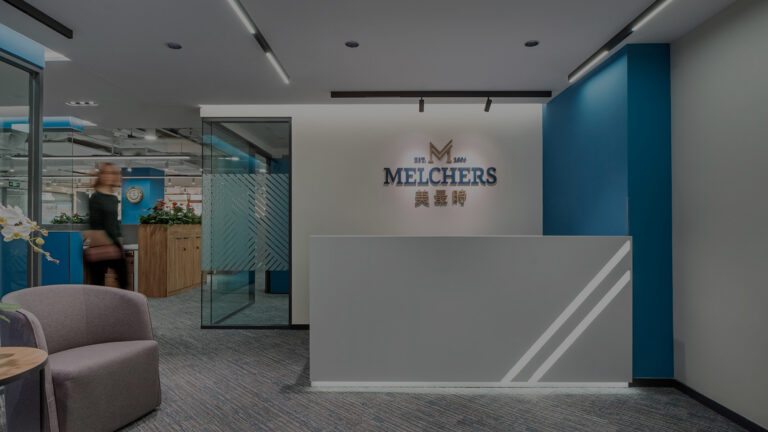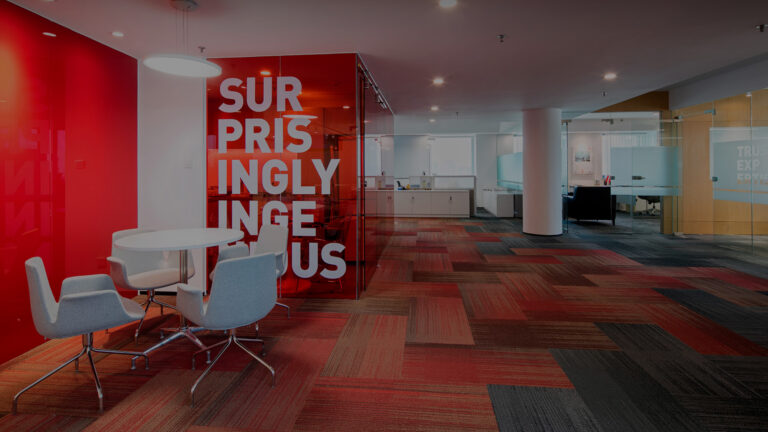Nowadays, it is well known that Chinese people cherish luxury brands. They can make Chanel and Louis Vuitton boutiques as swarmed as H&M are in other parts of the world. Although the costs of luxury brands are higher in China than in Europe because of import taxes and tariffs, this doesn’t prevent luxury stores in China from being full of shoppers each day.
Due to the uncertain economic climate triggered by the pandemic, there has been a sharp fall in demand in 2020. However, a resurgence in Chinese spending and the increasing dominance of millennials and Generation Z is expected to drive the market in the medium term.
In recent years, with the development of the Chinese fashion industry, influenced by Western-style fashion magazines, websites, and social media, young people are very educated on all aspects of fashion.
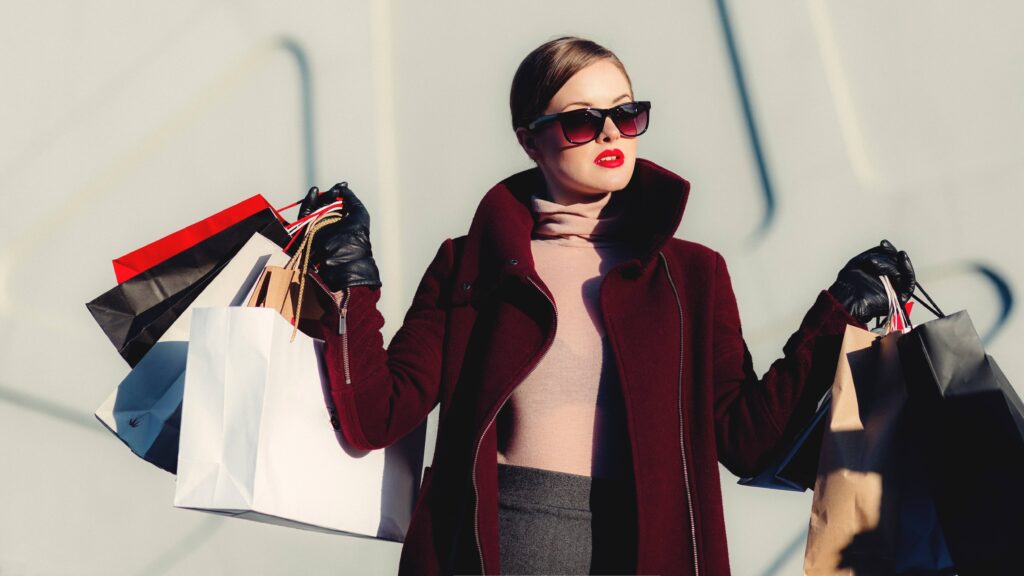
According to 10,000 consumers questioned in a survey conducted by The Boston Consulting Group (BCG), quality, craftsmanship, and exclusivity remain the main values in the criteria sought in a luxury product, but new elements are emerging that provide an additional reason and drive purchases: the “fun and extravagant” or the “current and sexy” style. Both values are close to the taste of millennials.
Multibranding is the development of marketing two or more similar and competing products by the same company under different and unrelated brands. While these brands feed of reciprocal sales, the multi-brand strategy has advantages as a means of:
- Getting more shelf space and leaving little room for competing products.
- Saturating a market by filling all the gaps in price and quality.
- Catering to brand switch users who like to experiment with different brands.
According to Mike Roberts, a former chief creative officer at the retail design consultancy Green Room, the reason for the rise of popularity of multi-brand stores is due to the “the increase of luxury brand awareness and desire in the Chinese market.” He also stated that “Pre-pandemic Chinese consumers were traveling on a global scale, being exposed to new brands, and bringing back their influences to the thriving local market. A lot of multi-brand boutiques in China are simply led by a ‘cultural curator’, often a well-traveled individual with specific tastes.”
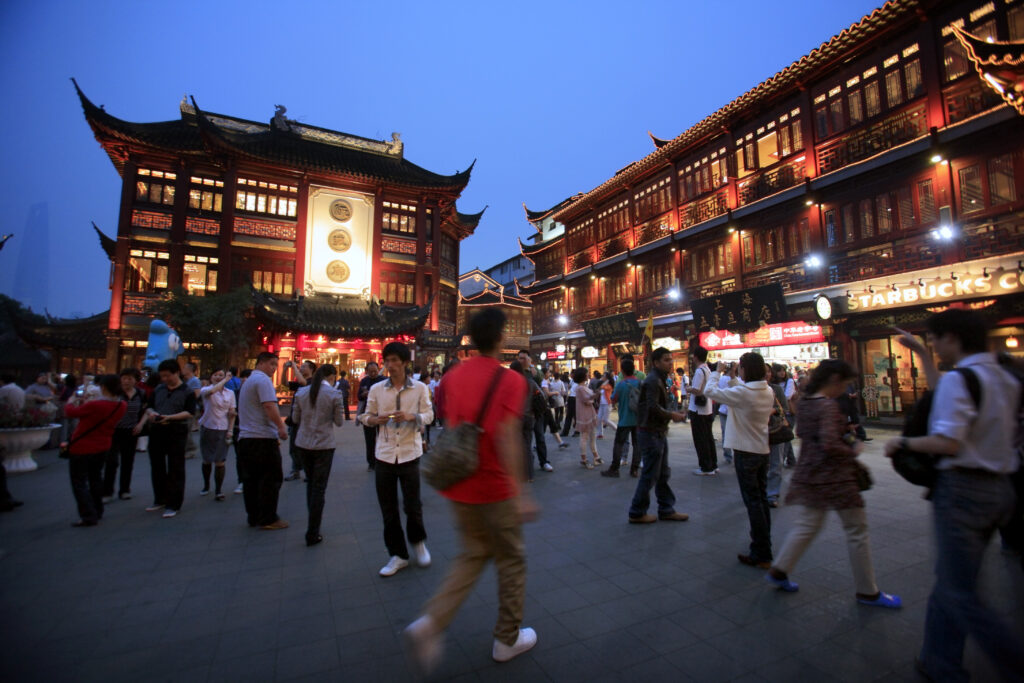
A clear example of the multi-brand phenomenon in China is that in five years (between 2014 and 2019), the department store and footwear businesses in China dropped from 38.6 percent to 26.3 percent, according to a report conducted by Fung Business Intelligence. Nevertheless, Mike Roberts said that the main key for succeeding in the fashion industry is the personal touch of the founders. Also, “Multi-brand retail communication ‘feels’ more personal and less corporate, and, ultimately, this form of communication builds trust and credibility, which is highly desirable to the modern Chinese consumers,” Roberts says.
The reason the largest multi-brand retailers are online is due not only to the ease they provide to customers when buying from home or due to the COVID-19 pandemic measures but to the fact that shopping malls and department stores are still implementing their old formula of getting many brands onboard without a clear-cut strategy, which is weakening their position in the market.
Since the late 2000s, independent multi-brand boutiques have surged in number across China and the rest of the world. Yoox Net-A-Porter (YNAP) and Farfetch are considered the two world’s largest online luxury clothes retailers. The former one is the product of a 2015 merger between Yoox and Net-A-Porter, two digital pure-play retailers that have revolutionized the luxury apparel business, with over 3 million clients visiting one of its websites regularly. The latter one was founded in 2007 and allows customers in over 190 countries to find items from over 1300 of the best brands, boutiques, and stores from more than 50 countries, ensuring a unique shopping experience.
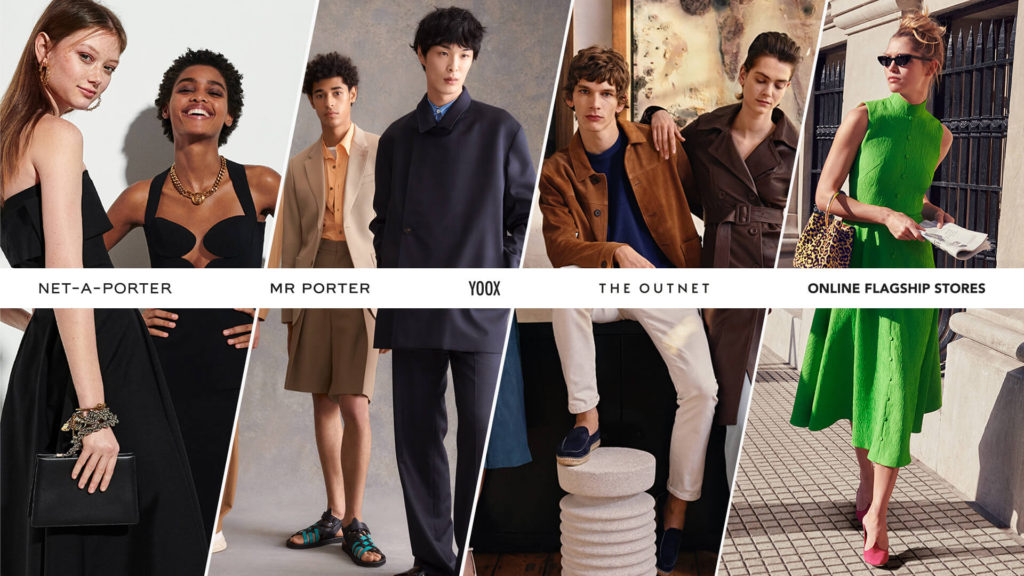
Dongliang
According to Vogue Business, it is estimated that more than 1,000 stores have joined pioneers such as Alter and Dongliang, two boutique businesses that have expanded from single stores in Beijing and Shanghai.
Dongliang is a retail multi-brand concept store committed to promoting new, talented Chinese designers in China and abroad. Launched in Wudaoying Hutong, Beijing in 2009. They collaborate with the most talented local designers and engage in artistic and cultural activities as well as business and charity events. It now has two stores in mainland China.
This is not only a retail store but a talent incubator, curator, event organizer, multimedia platform, and even a music and arts festival. Whatever its definition, its goal is clear: to disrupt the fashion world and launch Chinese designers onto the world stage.
ALTER
ALTER is a concept boutique store located in Shanghai. The superstore includes ALTER Showroom, ALTER Cube café, and the Rolling Acid design label.
ALTER is an unconventional and playful space that wants to convey a nexus between fashion art design food, and unveils lifestyle as culture. Also, It leads to a unique fashion Discovery: a cutting-edge collection and “editorial selection” of top leading designer label clothes and accessories from all over the world, displayed inside modular repeated cubes as back-to-back installations.
ALTER is arguably the most prominent and influential fashion boutique in China today. It was also nominated for FARFETCH’s 2014 Superstore Awards as one of the top six boutiques in the world. In the same year, the Louis Vuitton Shanghai City Guide featured it as a landmark of Shanghai high fashion.
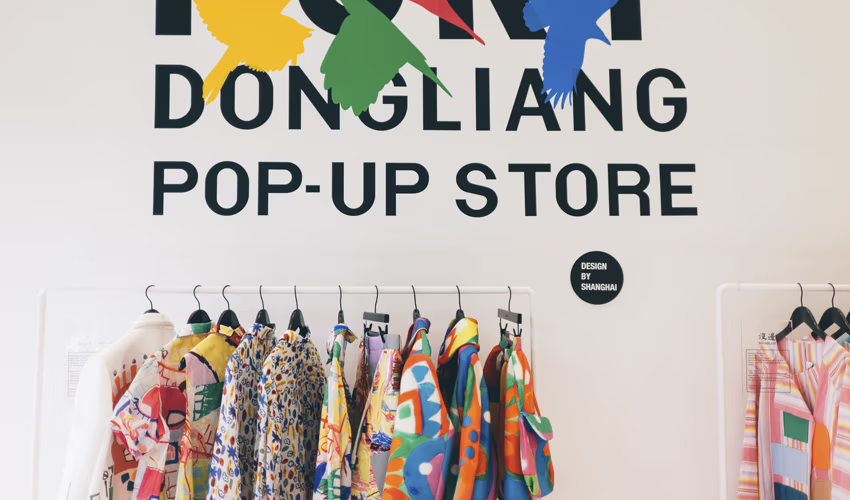
Competitive market
With the rise in popularity of the multi-brand boutique and the added challenge of online shopping, competition in the market has become fierce. It’s especially difficult for smaller brick-and-mortar stores of all kinds to make a profit, due to the cost of spiraling rentals for prime locations in big cities.
The increase in the number of multi-brand boutiques entering the Chinese market is a good thing for consumers as this encourages more choice and better shopping experiences. But these boutiques need to find the right market position, target the right group of customers, and employ the right designers if they want to succeed in China. No matter how good or interesting the shopping environment is, selling the products is always the ultimate goal of brands.


